A few weeks ago I was looking at my FaceBook feed and I was noticing several new education systems in the world. Finland has a system where it lets older kids integrate with younger kids, call their teachers by their first name, don’t give the kids homework until a certain grade and go to school half days. Is this the new way how you educate the children in the 21st century?
Japan, for example, has amazing outdoor play areas integrated with classrooms. They also learn how to clean up after themselves. And I really mean deep cleaning. I personally think this is a little too extreme, but I can see the point here.
And even in the US the schools keep changing, like tripling recess to see more progress in academics and more focusing and concentration in especially children with special needs, like ADHD.
Or integrating the LGBTQ community into schools. Something very important in educating and parenting in the 21st century.
Which kind of education do we need in the 21st century?
Just look at all the progress humanity has made in just 150 years. This time period is not much time, if you look how long humans are living on this planet, right?
Automobiles, airplanes, telephones and computers, to name a few. So what is going to happen in the next, say 50 years? I don’t know! Do you?
The question is: What do we teach our children to be prepared for that period of time? What is the goal we have for our children? What do we want for them?
NOTE (as of June 2022) A lot of businesses and educational platforms reorganizing their view on learning and working after 2020 (the COVID pandemic is quickly putting companies and schools on the spot.) How do people learn, how much more productive can they be? Can introverts work better from home?

I personally like my kids to be happy, to have friends and family they care about.
To enjoy life to the fullest.
To do the things they want to do and the things they want to learn.
Does that fit into today’s educational system? I’m not sure. What about homeschooling?
When I went to school in the Netherlands in the 80’s and 90’s, there was a teacher who was telling me things out of a book, we practiced things out of a book and you had to do some tests. Half of the time I didn’t know what I was learning and for what. Especially, being a hands-on child, I learned more from doing things with my hands, than reading and repeating things out of a book. Then knowledge would stick in my brain.
Homeschooling in the Netherlands is not allowed. All kids ages 5-18 are required to attend school.
Education system in the Netherlands
I’m out of the Dutch educational system and I don’t have kids going to school in the Netherlands…. yet! I don’t think so much has changed. But I bet they work towards better education in the 21st century.
Elementary School
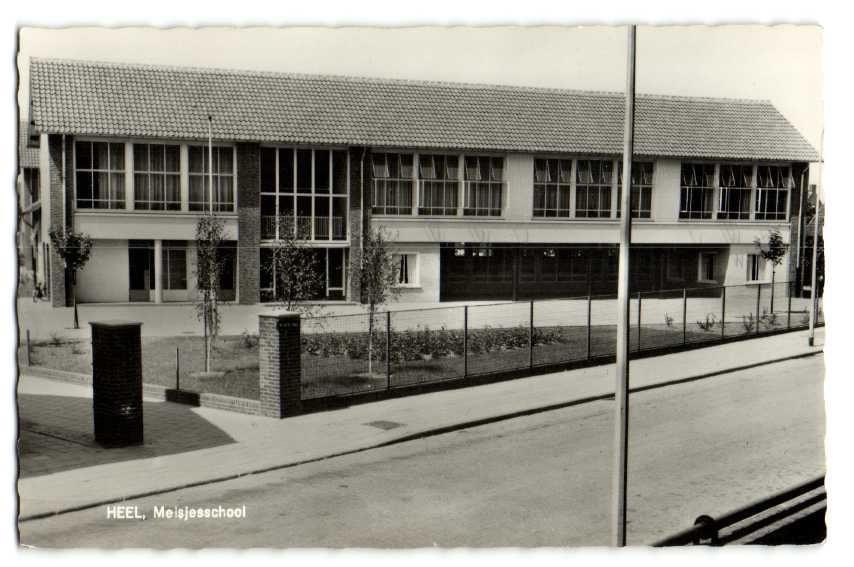
Like here in the USA, every small town has 1 or more elementary schools. It depends on the area where you live, is where you’re going to school. My hometown had about 5,000 residents and at my elementary school time, we had 2 schools. One on one side of the “busy street” and one on the other side. My elementary school building doesn’t exist anymore and they made one new building for a bigger elementary school.
We used to go to school from 8:30am-12pm and 1pm-3:30pm. I always went home for lunch. Nowadays that’s almost impossible, so many parents are both working.
We had 2 Kindergarten (Kleuterschool) years. Before that you could go to a preschool (peuterschool or creche). In the middle of my elementary years they changed the word ”class” to ”group”. So the government added the Kindergarten classes to the elementary school. Group 1 and 2 are Kindergarten, then group 3-8 are the rest of the elementary years.
In the town (about 10,000 residents) we live in now in the USA, there are 4 elementary schools. Two public schools, a Waldorf school, a Montessori- SCI school and an organization who helps families with kids who choose to homeschool.
Middle and High school
In the Netherlands we don’t have a middle school. In group 8 (age 12) of elementary school, every student will take a test and in consultation with parents and teachers, a decision will be made to which school the student can go. There are different levels. It might be the same now, but the most common ones were, LHNO (VMBO now, practical job-oriented), MAVO (4 years), HAVO (5 years), VWO (6 years). VWO is preparing more for University level.

College and University
I was more a practical, hands-on student, so I was sick and tired of learning mainly out of books. After my 5 years of HAVO, I continued to one year of nursing school (HBO-V), because I couldn’t get into college for Occupational Therapy (only 80 students were accepted and there were only 2 schools in the Netherlands at the time). Then luckily I got accepted the second year, and graduated after 4 years of occupational therapy school.
There are a lot of different universities and ”hogescholen” in the Netherlands. Universities in the Netherlands use a lot of PGO-systems, Problem Solving Education. It’s mostly scientific. I see this Problem solving system also being part of the middle and high school our 2 older kids are attending. Great to see these developments all of the world and part of the education of the 21st century.
Going to a HBO college (Hoger Beroeps Onderwijs, which translates into Higher Occupation Education) is a more practical choice of school. Which for me was great! I could’ve gone to a University school for Occupational Therapy, but I was happy where I was and what I did. The moment I graduated, there was no university level of occupational therapy anyway. There was one in the UK.
Important parts of education, my opinion….
The developments of how kids learn these days is impressive. How quick the education system integrated technology, like chrome books and Promethean Boards. All part of having an education system in the 21st century.
What is your way of learning.
I was in my 30’s when I found out I was an introvert, but I knew way before that, that I like hands on learning instead of reading out of a book or listening to a teacher.
My opinion is to give students and teachers the opportunity to figure out how they teach and learn. Not everyone learns the same way.
- Dharma Parenting. This course and book gives you a quiz to figure out which energy state your child is functioning. Personally this knowledge helped me a lot even when my kids were little.
- At some universities, students can take tests to find out how they learn, like this one in the UK.
- Some tests are more elaborate like the Myers-Briggs type indicator or the
STEAM Activities
I love the STEAM activities you see everywhere on the web these days (and especially on Pinterest). All those kinds of activities are great to solve problems and challenges by using all the things you learn at school. That’s a big thing I missed. I never knew WHY I was learning things in math, science or chemistry.
In my Craft Cafe, which I had a few years ago, I organized an After School Program. Especially for the boys, I was doing a lot of research to find all kinds of fun activities that would engage them. The STEAM activities were a great asset.
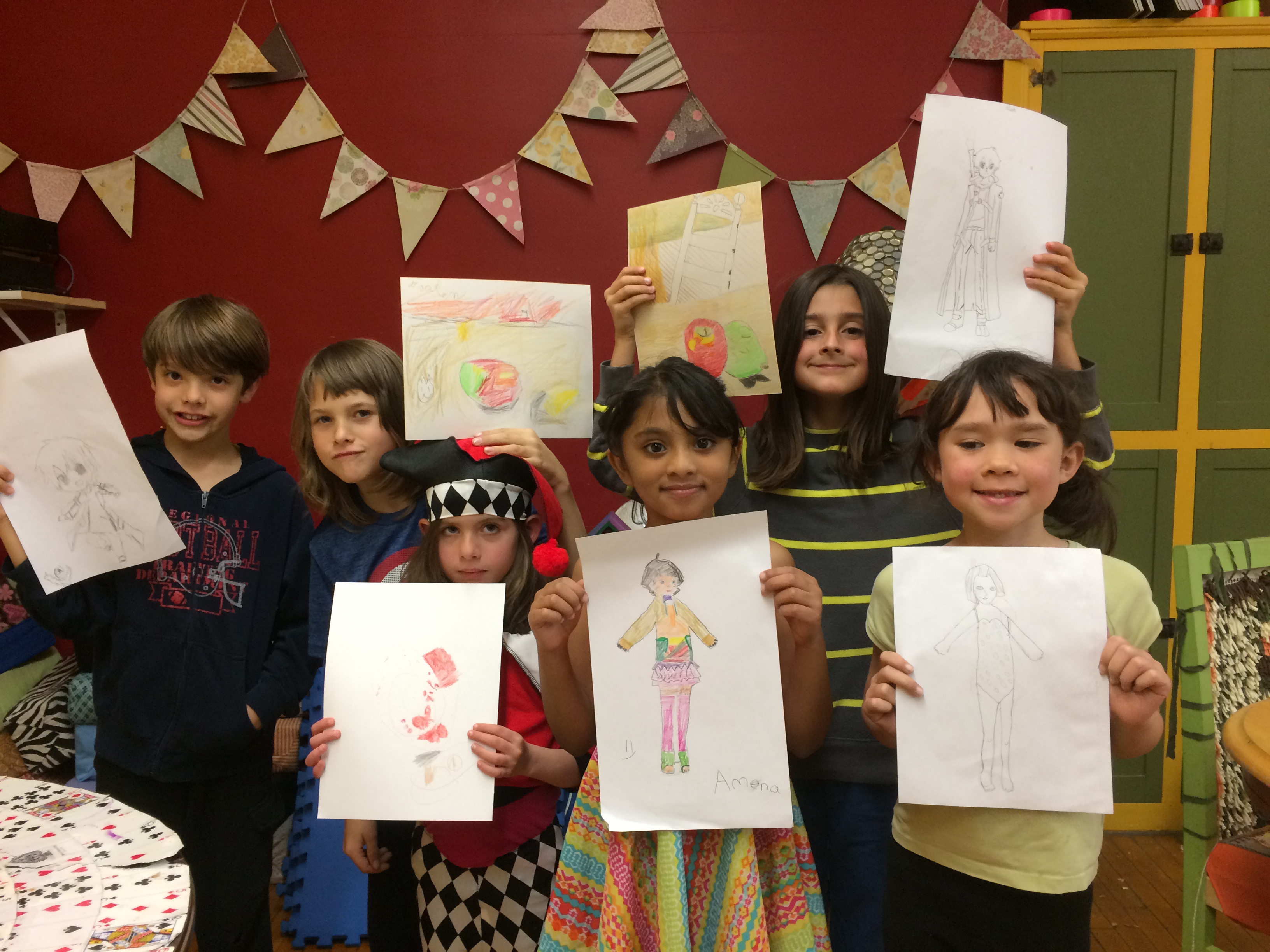
S (Science)
T (Technical)
E (Engineering)
A (Art)
M (Math)

Makers Space
Our children are going to a school here in Iowa, where for example our youngest is in an education system which is a combination of Montessori, Positive Discipline, Nature Explore Classroom and Science of Creative Intelligence. My two older kids have a project based learning program, green house and kitchen activities, Makers Space and also Science of Creative Intelligence.


Once a week I volunteer at the Makers Space, which is so much fun, because for me, it is a combination of being an occupational therapist and let the kids be creative. I just guide them when they want and need help. The teachers and volunteers here don’t tell the kids what to do. The students think of the project, design and they’ll make it. Sometimes I think I wished I had all this at my school when I was younger.
The Makers Space is a space (class room) which is set up with different stations: wood working, arts and crafts, tinkering, recyclables, robotics and sewing. The kids can choose whether they want to solve a challenge or they can work on a project in the area of choice.
Destination Imagination Program
One of the programs this school is involved in (it’s an extracurricular program) is Destination Imagination. Every year, kids in grade 4 and up, can make teams, choose a challenge and solve them. The teams can work on these challenges for several months. The challenges are very elaborate. Kids can choose between Fine Arts, Engineering, Improvisation, Scientific, Technical and Service Learning. Instant Challenge is part of the competition too and separate from the project challenge.

Destination Imagination’s mission is:
To develop opportunities that inspire the global community of learners to utilize diverse approaches in applying 21st century skills and creativity.
The Destination Imagination program is a fun, hands-on system of learning that fosters students’ creativity, courage and curiosity through open-ended academic Challenges in the fields of STEM (science, technology, engineering and mathematics), fine arts and service learning. Our participants learn patience, flexibility, persistence, ethics, respect for others and their ideas, and the collaborative problem solving process. Teams may showcase their solutions at a tournament.
And that is exactly what I was looking for in the education system of the 21st century. Everything they learn at school needs to have a purpose. Problem solving, team work, time management, creative thinking, what do I want to learn, what are my talents?

Our school is doing this program for years. Previous years they’ve been competing in the state of Iowa, but unfortunately they didn’t have enough teams. So this year 8 teams of our school went to compete in the state of Illinois, which is way more competitive than Iowa. It starts out with a Regionals competition in March, then State competition in April and then Globals in Knoxville, Tennessee in May. (Update: Since 3 years Global Finals are held in Kansas City, Missouri)
There is a connection with the world.
It is the beginning of May, 2018 and at the time I’m writing this, 2 teams have qualified to go to Globals. This year is my oldest first year to go to Global Finals. In the two previous years she competed, she learned a lot, but didn’t make it to Globals. It was the first year for my son (he’s in 4th grade). He was very excited, not as competitive as my daughter, but he had so much fun doing it!
I’ve talked to people who decided NOT to have their children do the Destination Imagination Pogram. They told me it is mainly because it costs so much money. This is, of course different for every child, but I think it is definitely an investment I want to make as a parent to have them learn things in a non-school setting. And again, it is not for every child, but for some it brings out talents and teaches them things they would not learn in a normal classroom. I think this is a big process in their development in the 21st century.
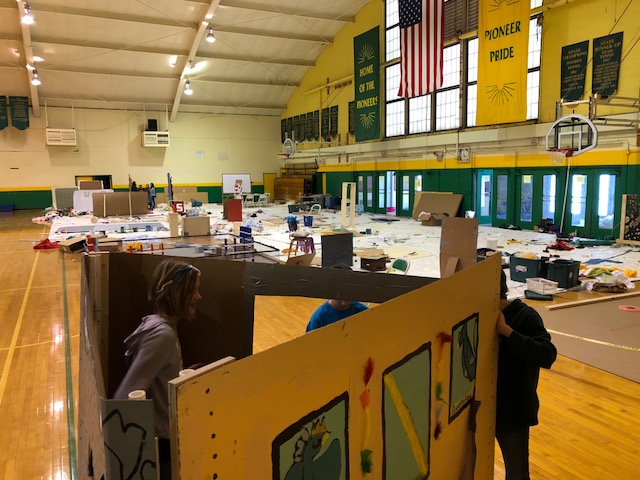
Parents and teachers are almost not involved.
Yes, it is true that the parents have a huge role in this program, and yes, this program needs a lot of volunteers and not only that, being a volunteer doesn’t pay transportation (I’m glad we’re not living in Australia or China to come all the way to Knoxville, Tennessee to go to Globals), or the venue, hotels or food. That still needs to be paid. Our school has a great agenda for fundraising each year to help our teams go to Globals. And…it requires a lot of the help of parents. It also brings parents together as a group too. For us Destination Imagination is part of our children’s education in the 21st century!
We are only 2 weeks away and the teams are getting excited. Each team needs a team manager and an appraiser for regionals and state competition. I’m a team manager this year and this will also be my first time to go to Globals in Tennessee. And because I think this is a great program, I’m going to try to blog about it every day, maybe throw in a video or two. There is so much to do, so I hope I can squeeze some time to blog about this event!
So keep an eye out around that time and follow us in Knoxville Tennessee!!!
Destination Imagination Global Finals 2018
- Day 1: Leaving Iowa, arriving in Knoxville, Tennessee.
- Day 2: First Day in Knoxville, unload and check props and back drops.
- Day 3: The day of the performance.
- Day 4: The day of Instant Challenge.
- Day 5: Closing ceremony and going home.
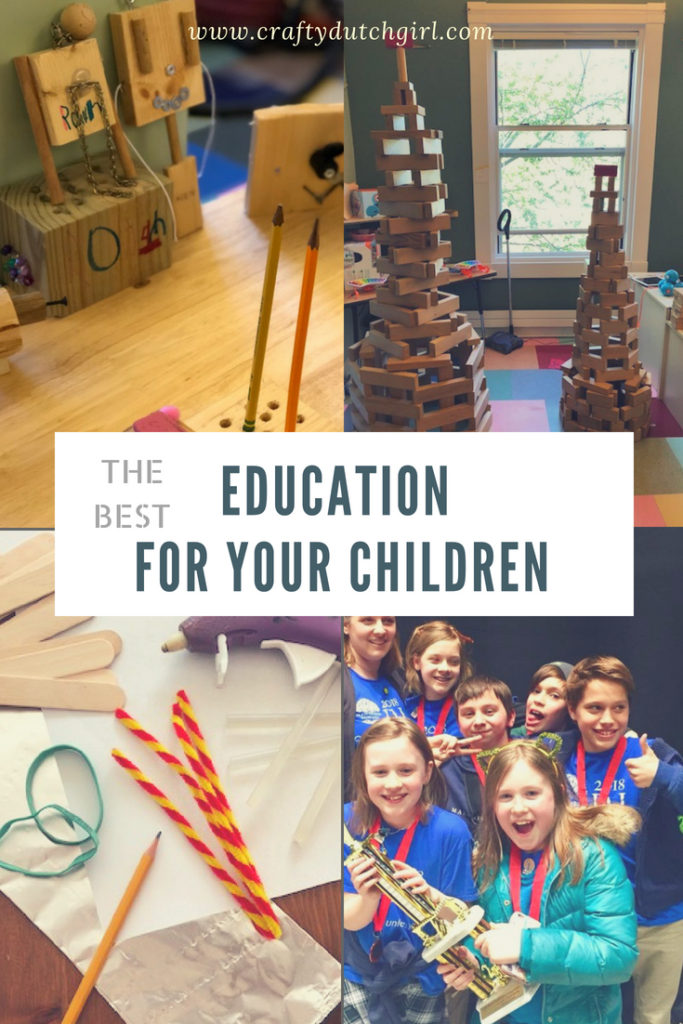

Hello everyone,
Welcome to my Crafty Dutch Girl blog! Grab a cup of “koffie” and browse through fun blog posts about our Dutch family expat life in the USA, Dutch history, Dutch recipes, Dutch things to do in the USA and all kinds of crafts and activities. Don’t forget to connect with me for new ideas! “Groetjes en tot ziens”.

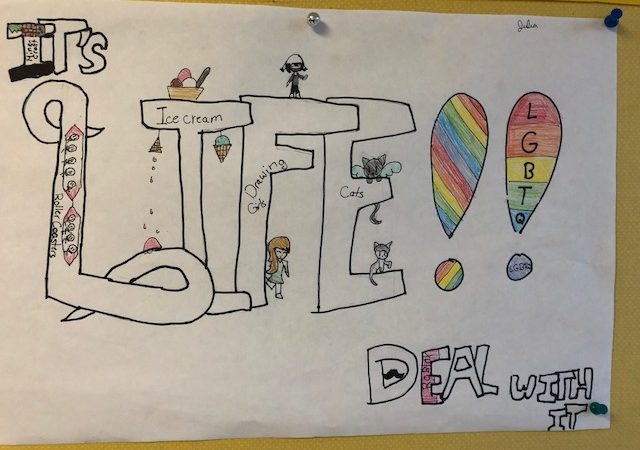

[…] Knoxville Tennessee. It is May 22, 2018 and there a 2 teams (13 students) going to Globals Finals. Here… Read more »